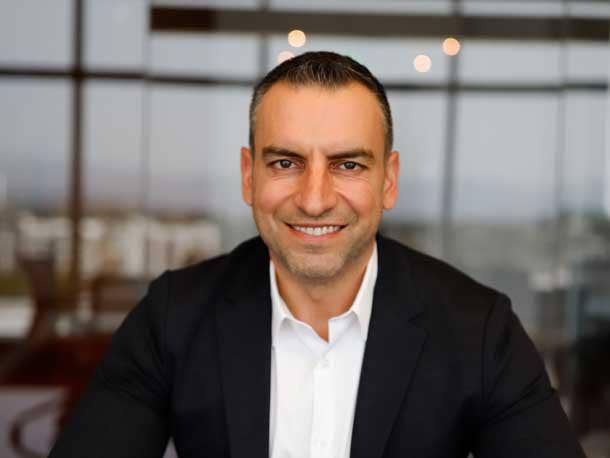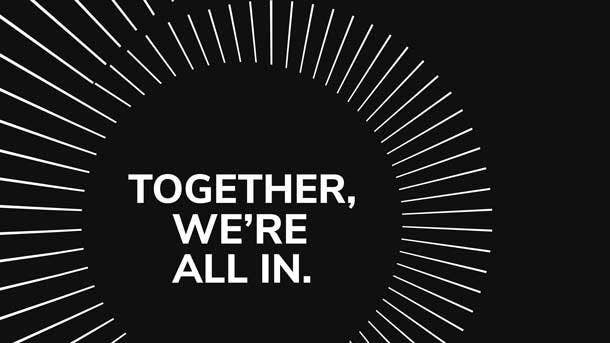SADA CEO Tony Safoian Answers 6 Big Questions On Cloud Growth
From first-quarter growth to new hiring and new board members, SADA Systems CEO Tony Safoian tells CRN what to expect from the Google Cloud Premier Partner.

This year looks to be a big one for Los Angeles-based SADA Systems, a Google Cloud Premier Partner and member of the CRN MSP Elite 150.
With cloud use growing across corporate America, SADA recently added some big-name board members and has identified its most detailed growth goals yet, CEO Tony Safoian told CRN. The company — which booked more than $1 billion in multi-year total contract value in 2020 —hired about 50 people in the first quarter of 2021, reaching about 400 employees. He predicts hitting about 500 employees by the end of the year, most of those hires a part of the company’s customer success and post-sales excellence teams.
“We gained 77 new customers in Q1,” Safoian told CRN. “I think we could gain 500 to 600 new customers this year. We think that the consumption business will more than double, up 130 percent Q1over Q1.”
“After we sell these contracts, the degree to which the consumption of our customers is accelerating is wonderful to see because that‘s actually a direct measure of their success that they’re having on the platform,” he continued. “How much are they migrating? Are we identifying new workloads? Are they happy with the platform? Are they spending as much as they think they’re going to spend -- because if they spent too much they’re going to stop, right?”
Click through the slideshow to see what else Safoian had to say to CRN.

What’s driving SADA’s growth?
We‘re winning new Maps customers and new Workspace customers. GCP (Google Cloud Platform) customers. We have multiple entry points. Digital natives are the most active (vertical) for us. We’re winning a lot of new digital natives who love the SaaS Alliance Program and want to be part of that. I think there‘s an overall level of interest even in traditional enterprise around GCP that may not have existed a couple years ago.
Sales last year were so strange. Everything stopped. And then it just exploded. We grew much, much more than we thought we were going to grow last year. This year we have very aggressive growth targets. We almost doubled bookings Q1 over Q1.
The GCP business continues to be very active but last year what really stopped was Workspace. Nobody wants to do a big transformation of the worker experience as everybody is moving to workfrom home. This year we see a very healthy Workspace pipeline.
There were some gaps that Zoom did compared to Meet that don’t exist anymore. Google Chat and Slack, Google‘s addressing that with the frontline worker SKUs. Like, ‘hey, don’t even worry about moving your email. Stay on Outlook if you want, but use our best-in-class collaboration tools.’

What’s helping with cross-selling and selling more products and services to customers?
I think one of the hardest things to do well is making sure customers are aware of everything that you do, telling the entire Google value proposition story effectively because we‘re one of the few partners that’s even in a position to do that. Making sure our GCP customers know that we also do Workspace or that Workspace customers know that we also do Maps.
Most competitors today are just coming from the data center side into GCP from AWS or from some other ecosystem. But we‘re coming at it from up on the Google side. John Campbell (SADA vice president of customer experience and innovation, formerly at Rackspace) has unified post-sales excellence teams where before they used to live in silos. There’s people that just looked after Workspace customers and people that just looked after GCP customers and Maps customers and so on. Now it’s one unified organization that looks after all of them. I think that’s going to greatly increase the probability of driving more value.
Google has Ads, Google Health, Verily, YouTube, Maps, Worskpace. AWS doesn‘t have those things. Microsoft doesn’t have those things. So what assets can we bring to fold to make it a much more strategic decision for our customers rather than a feature comparison.
Google, Microsoft, Amazon are going to be multi-trillion dollar market cap companies, driven by their cloud businesses. It almost doesn‘t matter who’s No. 1 or No. 2, at least for us and the ecosystem, because the pie is so immensely huge.
One thing that Google has finally gotten right, it used to be that customer segmentation completely depended on their revenues or their employee count. That works in subscription software, that works in productivity tools, that works in SaaS, but not in platform and infrastructure. There‘s no direct line between your spending potential and your employee count, especially in the mid level. They’ve gotten much better at identifying hypergrowth, well-funded startups. They need to be treated like enterprise customers, not like 50 employee startups. I think Google’s doing a great job with that.

With so much going on, how do you keep up with hiring?
We have to be able to win the talent game and help create additional talent in the ecosystem because there‘s not enough people that are going to fulfill this window of 10 years where there’s more demand and supply, but just not enough people that know how to do this stuff. This is a magical time in a magical place where demand will exceed supply. We are competing for the exact same talent that Google wants to hire, Amazon wants to hire.
I spent a lot of time on culture on net promoter score surveys, reading every comment, responding with changes and how we do things. I have weekly fireside chats now. Google certifications are getting more accessible. We have to go to places like the National Society of Black Engineers. We have to go to all these sources of talent.

SADA recently added some big names to its board. What do your customers need to know about this move?
For a company like us that doesn‘t have private equity partners and hasn’t raised capital, we haven’t been forced into a situation to build a board. This is really a set of steps we’re taking toward exceptional governance. Part of what having a board does is create a sense of real accountability on behalf of the executive team. We’re running and operating this board almost as if we were a much larger organization that’s public.
I‘m very proud to be far ahead of what the diversity of this board should be. We know as an executive team that there are a bunch of things that we’re going to run into as we continue to scale and get to 400 people, 500 people, 1,000 people that we haven’t experienced as an executive team.
It‘s just incredible to have Wendy Pfeiffer CIO, of Nutanix, and Lusine (Yeghiazaryan, vice president of advisory services, risk and controls) at GoPro. Now we’re adding Sebastian Goodwin (CISO at Nutanix). And Matt Bates, he’s a CFO at Zenoss now but he was at Rackspace for 17 years. And then, David Meredith (CEO and board director at Everbridge). He’s so comfortable in the spotlight and the responsibility and accountability of being a CEO of a public company, which is so inspiring to me.

What do these new board members signal to SADA customers and competitors?
I want people to notice that we‘re enterprise-ready, that the kind of people we have on our board means that we can take on the most complex environments and the largest of customers. We’re going head to head with the global systems integrators (GSIs). Our CTO just ran a survey for the sales team on when we took out a GSI. It’s happening more and more.
It doesn’t matter globally if SADA’s No. 1. If we don‘t have good relationships in Florida, you know, and in Boston and in Chicago, and in Nashville, and in Denver -- we’ve gotten much more regional specific because those sellers at the end of the day are making the partner decision or the no-partner decision, and the job is on us to educate them on the value proposition that we bring that’s completely differentiated than any GSI any RSI, any other Google partner.
When is SADA going public?
We don‘t believe that’s the only path. But we do know that our aspiration is to build a forever company, and going public is one of the ways to do it. And we want to operate by the highest standards. The board will work in the key committees that are necessary for any large company: compensation, governing, auditing risk. I don‘t know any self-funded, private company to have this kind of a board.